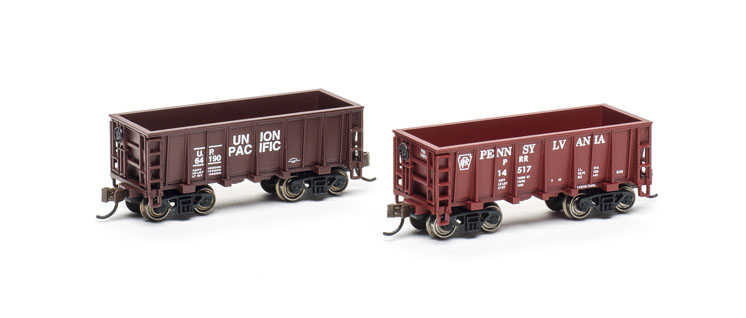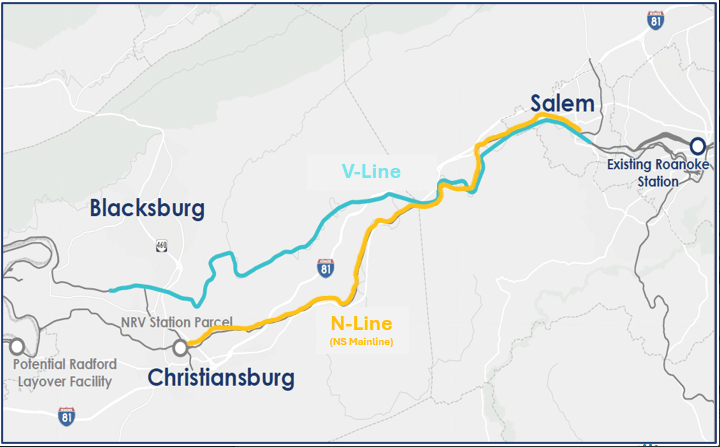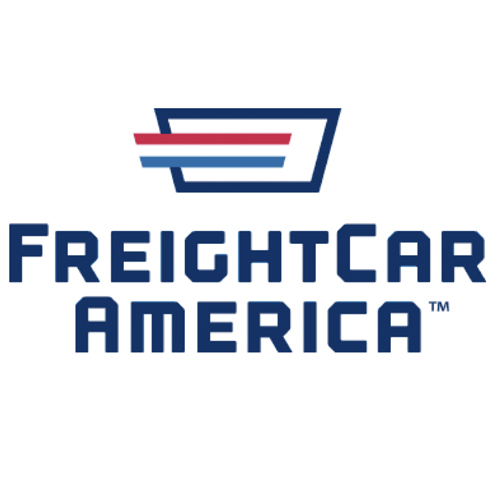Price: $33
Manufacturer
Bachmann Industries
1400 E. Erie Ave.
Philadelphia, PA 19124
Era: 1960s to 1990s
Road names: Union Pacific; Pennsylvania (black or Tuscan Red) Canadian Pacific; Duluth, Missabe & Iron Range; Norfolk & Western
Comments: An ore car that’s been offered in HO scale for decades is now available in N scale from Bachmann. The 26-foot tight-bottom ore gon, based on a 1958 Southern Pacific prototype, is offered in five paint schemes.
The model is a close representation of the Southern Pacific tight-bottom ore gondola, nos. 345000 to 345599. The car matches prototype photos of SP cars as well as the dimensions listed for them in the 1959 Official Railway Equipment Register (ORER). Bachmann doesn’t currently sell an SP version.
Both our sample cars were painted smoothly with opaque lettering. They were decorated for Pennsylvania RR and Union Pacific. While both railroads had similar cars, neither is an exact match for the Bachmann model.
The prototype Southern Pacific ore cars have a 26-foot interior length and nine exterior posts, four of which are shallower than the rest. Bachmann’s Pennsy car models no. 14517, part of a 1,000-car series of class G39 ore jennies that had an inside length of just 22 feet and seven shallow posts per side.
According to the 1960 ORER, Union Pacific no. 64190 was a 41-foot gondola. The UP did own 55 ore gondolas with the right arrangement of side posts, but they were 31 feet long and numbered 27500 to 27554.
The wheelsets on both our sample cars were slightly tight back-to-back. After carefully loosening the wheels with a pair of pliers, I was able to twist them into gauge with my fingers.
The cars weighed .5 ounce, which is .3 ounce underweight according to National Model Railroad Association Recommended Practice 20.1. Installing a load would be an easy way for a modeler to add more weight to the model.
Both cars rolled smoothly around the 11″ curves and Peco medium-radius turnouts of our Canadian Canyons project layout. The car’s body-mounted plastic E-Z Mate Mark II couplers were mounted at the proper height per NMRA standards.
A long string of these ore cars, properly weathered, would look right at home waiting to be loaded at an N scale copper or iron mine.














